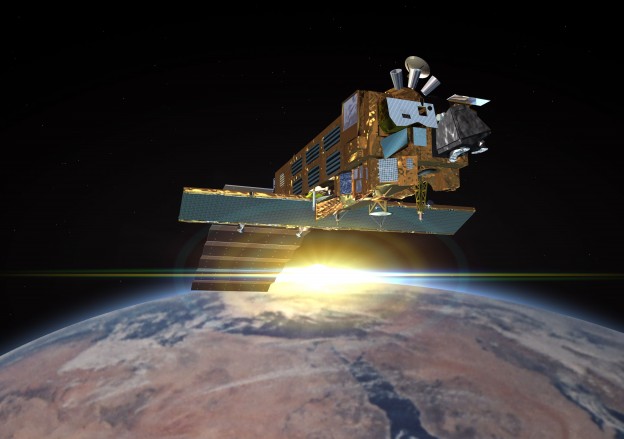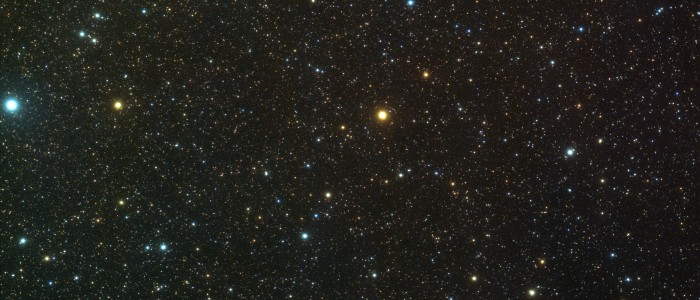
ESA’ Envisat is an example of a non-operational satellite in a useful orbit. ESA has started feasibility studies to remove Envisat from its polar orbit, not only because the satellite is a threat to others, but also because the satellite is close to a ESA flagship and because the organisation knows the satellite very well. Credit: ESA.
The European Space Agency, ESA, builds and launches environmental satellites supposed to monitor the environment on Earth. However, this activity, intended to promote what is best for Mother Earth, leaves behind new kinds of pollution in the form of emission from the launcher in the atmosphere, fragments from the upper stage of the launcher in low earth orbit and after a while, a non – operational satellite in a useful orbit.
That is a situation the organisation cannot live with, thus, it has launched a programme aimed at keeping the atmosphere free of air pollution, and the space free of rubbish.
The programme, “Clean Space”, is supported by the highest level in the organisation. In an speech for the first workshop related to the “Clean Space” programme Director General Jean-Jacques Dordain pointed out that the programme is a very important initiative, and not just one among the many ESA programmes.
The Clean Space initiative is now a part of the techno programme proposal, as a cross cutting initiative. This is more than just a new programme, says Mr Dordain.
In addition, he stressed:
– If there is economic and societal value in space infrastructures, then we must protect them. We must protect them from natural threats (space weather) and man made threats (debris). Threats to our space infrastructure are increasing; we regularly have to perform avoidance manoeuvres to avert collision with debris.
– If space infrastructure is essential for understanding the climate and the environment, then the least we can do is ensuring that it is not itself a threat to climate and environment.
– If we are convinced that space infrastructure will become more and more essential, then we must transmit the space environment to future generations as we found it, that is, pristine.
The Clean Space Initiative will cover a series of different initiatives, from the programme phase to end of the satellites life. ESA’ actions is organized into four branches:
ECO-design, REACH compliance and design tools;
Green technologies, and green propulsion, electronic etc. that will comply with new legislation;
Debris mitigation; design solutions mitigate debris production, which particularly addresses the question of how to manage the end of life of satellites and programmes;
Debris reduction: solutions to clean current debris pollution in orbit i.e Active Debris Removal.
Clean Space – A Comprehensive Task
Using the space through several decades has left traces. The near space is no longer as clear and free, and contains not only a large number of different types of dead satellites, but also a very large number of rubbish from launchers, unsuccessful satellites, as well as a needless amount of rubbish from test of anti satellite and anti missile missiles.
In a report for ESA the Surrey Space Centre – University of Surrey has classified the rubbish and its location. Nearly seventy percent of the space debris is in the Low Earth Orbit (LEO) while the rest is concentrated in the geostationary orbit (GEO), Middle Earth Orbit (MEO), highly eccentric orbits and other more accidental types of orbits.
Only 6 % of the objects in space is operational payloads, non – operational payloads forms make up 26%, rocket bodies and mission related objects 28 % and fragments 40 %.
All these bodies or fragments constitute a great danger for operational satellites and people who work and operate in space stations. Only a small fragment can destroy a satellite, larger ones can puncture manned capsules, and in the worst case scenario cause a collision between two satellites, like the collision between the Russian Cosmos 2251 and an Iridium satellite, causing a great deal of new debris.
Reference: ESA. Hybrid Solar Sails for Active Debris Removal. Final Report. June 2011
https://www.esa.int/TEC/ Clean_Space/
Clean Space Eco-design and Green Technologies Workshop 2012
(https://congrexprojects.com/12m35/introduction)


